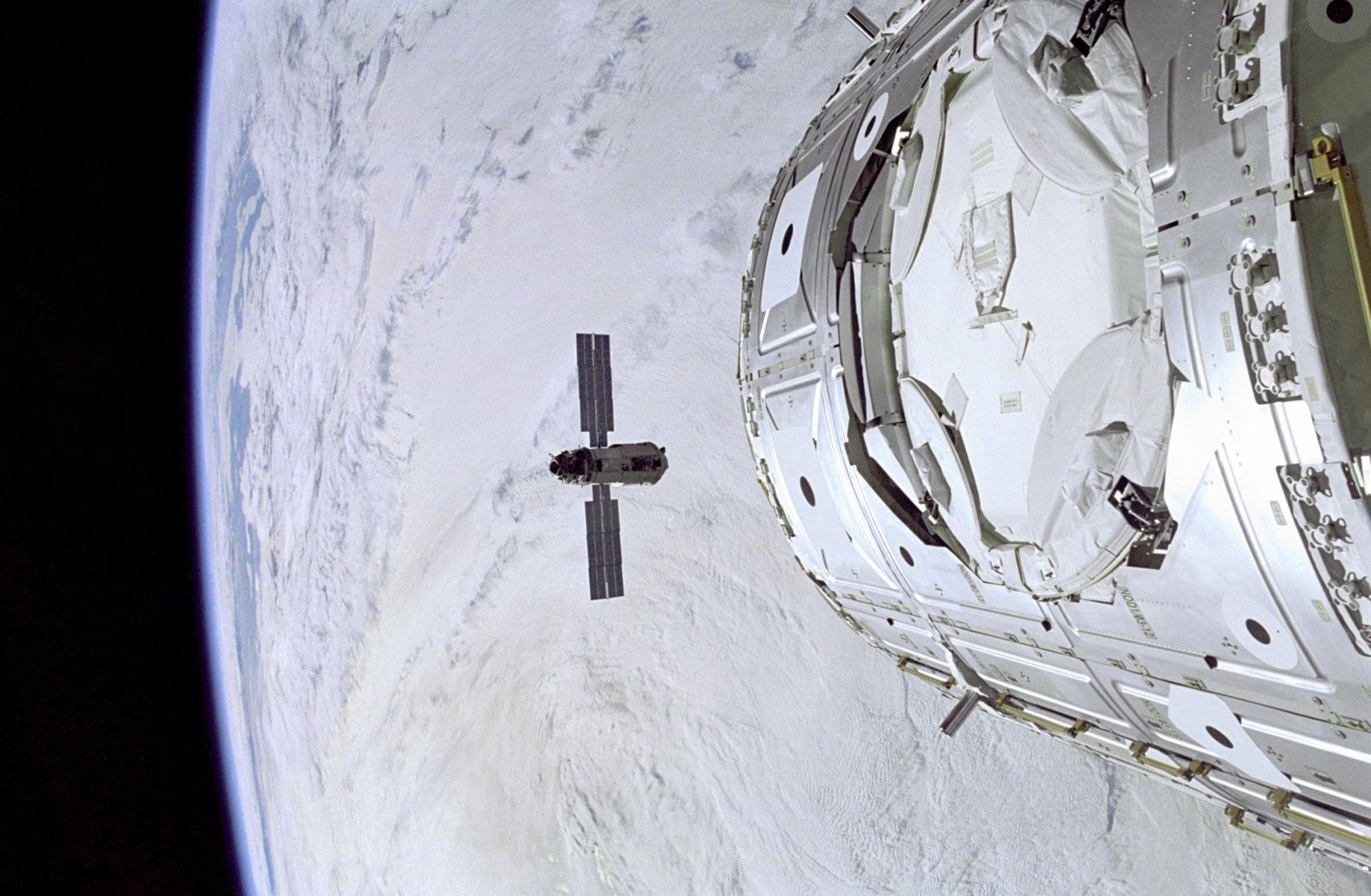It was November 20, 1998, when an unprecedented international coalition of astronomers, engineers and rocket scientists saw years of collaboration come to fruition with the launch of the International Space Station’s first component. Since then, the largest spacecraft ever built has hosted innumerable astronauts, experiments and other craft. Here are a few notable moments in the history of this inspiring and decades-spanning mission.
1984: Reagan proposes the ISS — without Russia
The space station was originally going to be a U.S. effort, but soon became a collaboration with Canada, Japan and Europe, excluding the then-USSR. American-Russian relations were strained then, as you may remember, and although many in the space industry itself would have preferred working together, the political climate did not permit it. Nevertheless, initial work began.
1993: Clinton adds Russia to the bill
The collapse of the Soviet Union and subsequent rejuvenation of international relations led President Bush to bring them into the program in a limited fashion, as a supplier and as a guest on a shuttle mission. The next year, however, President Clinton one-upped him with the announcement that Russia would be a full partner. This was both a practical and political decision: Russian involvement would save billions, but it also helped bring Russia on board with other issues, like ICBM de-proliferation efforts. At any rate, designs were finally beginning to be built.
1998: The first components, Zarya and Unity, launch to orbit

Endeavour approaches Zarya when the latter was the only component in place.